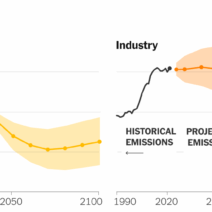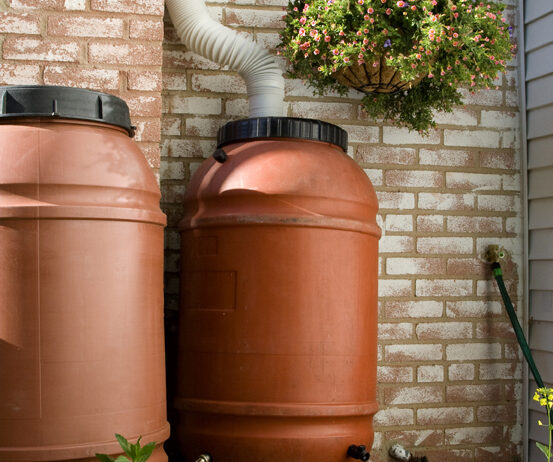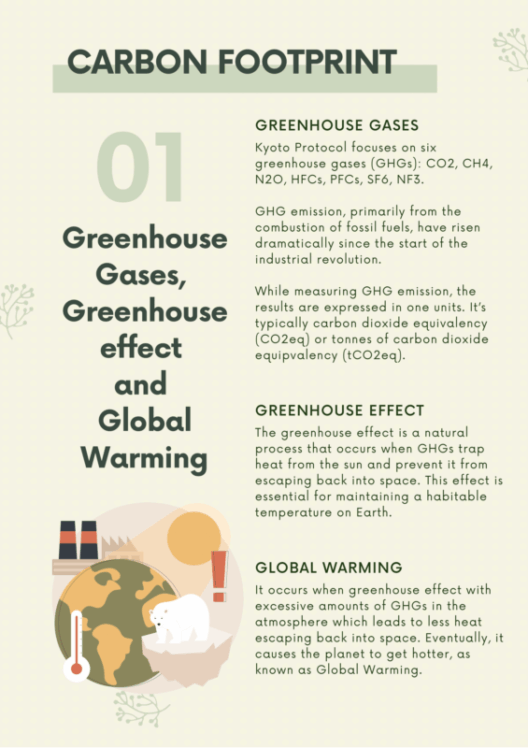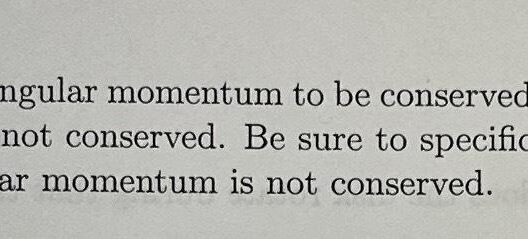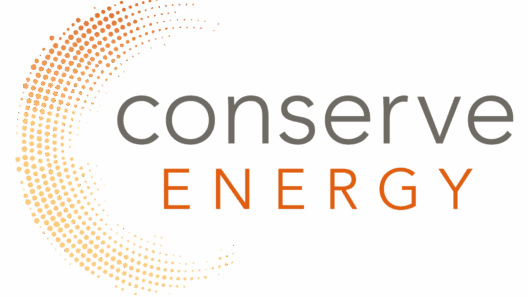As the world wrestles with the consequences of climate change, an intriguing question emerges: How can a simple rain barrel play a pivotal role in our energy conservation efforts? While it may seem like an innocuous piece of garden equipment, the rain barrel serves as a multifaceted tool for saving water and, consequently, conserving energy.
In an era where water scarcity increasingly threatens ecosystems and human societies, utilizing rain barrels can transform your approach to water usage. But how, you may wonder, does this collection of rainwater save energy? Let’s delve into the interconnections between water conservation and energy efficiency, examining the myriad benefits of utilizing rain barrels.
To understand the energy-saving potential of rain barrels, we must first explore the relationship between water and energy. Every step of the water cycle, from extraction to treatment to distribution, consumes significant amounts of energy. According to estimates, transporting and treating water utilizes approximately 20% of the overall energy consumption in municipal settings. By capturing rainwater through a barrel, we can mitigate the demand for processed water, ultimately resulting in decreased energy expenditures.
Consider this scenario: you’ve collected rainwater during a standard shower, cleaning session, or after a refreshing downpour, and now you intend to use that water for irrigation. Traditional irrigation systems often rely on municipal water supply, which has undergone extensive processing. By diverting your efforts towards this natural reservoir, you circumvent energy-intensive treatment and distribution, thereby conserving energy.
This practice extends beyond simple water collection; it fosters a mind shift towards sustainability and resourcefulness. As more individuals adopt the use of rain barrels, the overall demand for treated municipal water declines. When water treatment facilities reduce their output, they can optimize energy usage and even lower their carbon footprints, contributing to a greener society.
Moreover, employing rain barrels decreases the burden on stormwater systems. During heavy rains, urban areas often suffer from runoff, which can overflow sewer systems. Excessive runoff can lead to harmful environmental impacts, such as pollution and flooding, necessitating additional energy-consuming interventions. Rain barrels capture excess precipitation, easing the pressure on these systems, and subsequently enhancing their overall efficacy while reducing the need for costly enhancements.
However, efficient water collection is contingent upon utilizing rain barrels correctly, introducing a potential challenge: how do you ensure that your rain barrel system is optimized for maximum efficiency? Proper installation and maintenance are crucial. Ensure the barrel is positioned beneath a suitable downspout and is treated with the right filtration mechanisms to prevent debris and contaminants. Regular cleaning and inspection will help maintain water quality and promote a steady flow of collected rainwater throughout the dry seasons. This proactive approach not only conserves energy but can also yield superior-quality water for your plants and outdoor needs.
Additionally, let’s examine the versatility of rainwater use. Collected rainwater can be employed for various non-potable purposes such as landscaping, flushing toilets, washing vehicles, or laundering clothes. By reducing the volume of potable water used for these tasks, you ultimately lessen the energy consumed in water processing—an often-overlooked aspect that amplifies the benefits of rain barrels.
Even further, consider the potential impact of utilizing rain barrels during peak water usage periods. During those hot, dry summer months, residential water consumption may peak tremendously due to increased garden watering needs. By relying on harvested rainwater, households can navigate these demand spikes without further taxing energy-consuming water supplies. This translates to potential cost savings on utility bills while fostering a sustainable approach to environmental stewardship.
Another fascinating perspective relates to the integration of rain barrels into permaculture systems or ecological landscaping. Rain barrels can complement practices aimed at enhancing biodiversity by collecting water that supports the growth of native plant species, which are better adapted to local climates and require less maintenance. This symbiotic effect creates a resilient ecosystem; one that not only requires less energy input but also promotes healthy soil and habitats, further nurturing our delicate environmental balance.
In conclusion, rain barrels represent a practical yet impactful approach to addressing pressing environmental challenges. They foster a conscious pathway towards sustainability, effortlessly intertwining the conservation of water with the preservation of energy. By employing rain barrels, households can contribute to a collective movement aimed at decreasing energy consumption related to water processing, while simultaneously reaping the benefits of accessible, organic water resources.
So, are you ready to embrace the transformative potential of a rain barrel? The challenge lies not only in the act of installation but also in fostering a culture of conservation and resourcefulness. Join the ranks of environmental custodians and reap the multifaceted benefits of a simple, yet effective, solution that champions both water and energy conservation.

